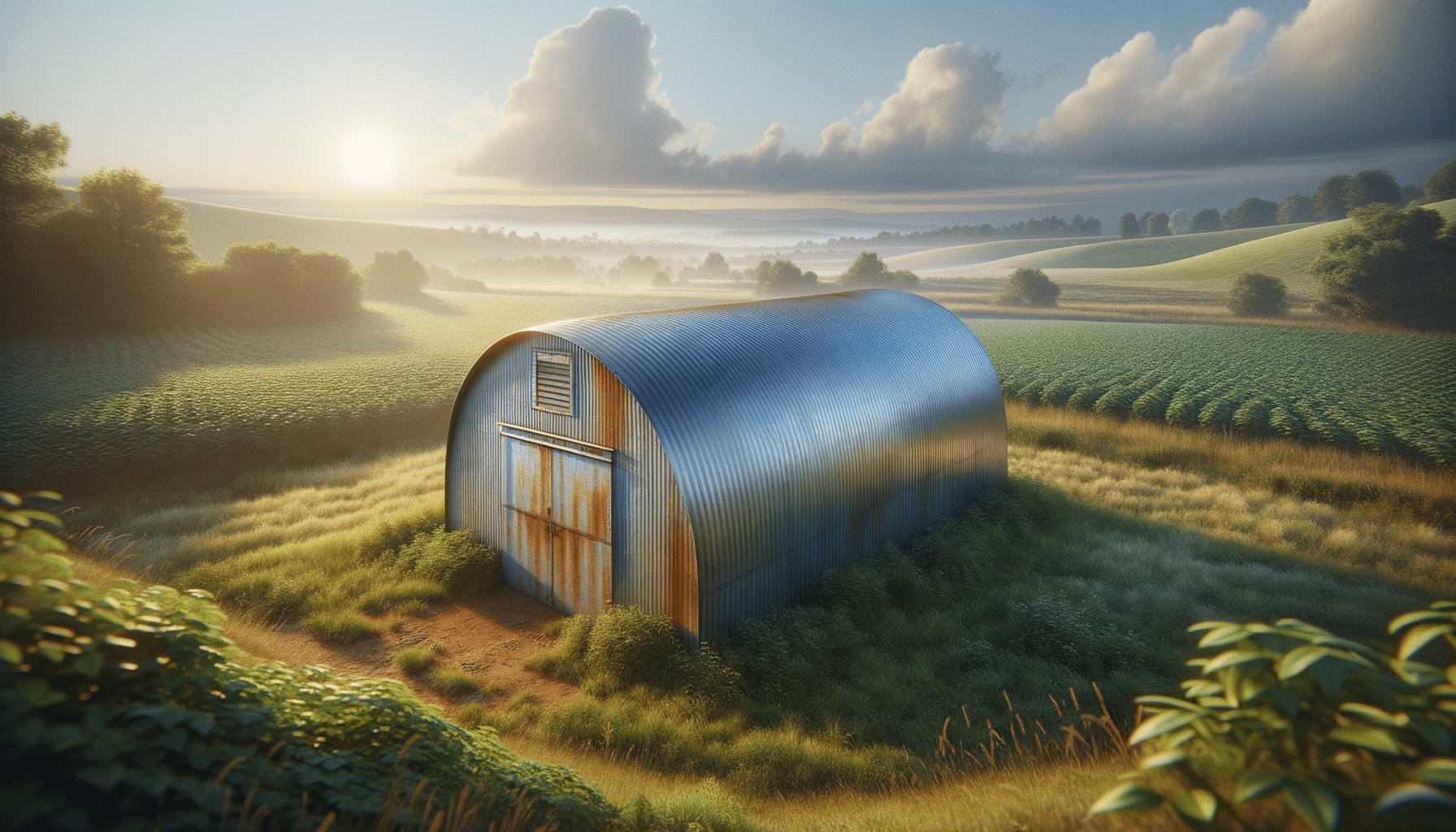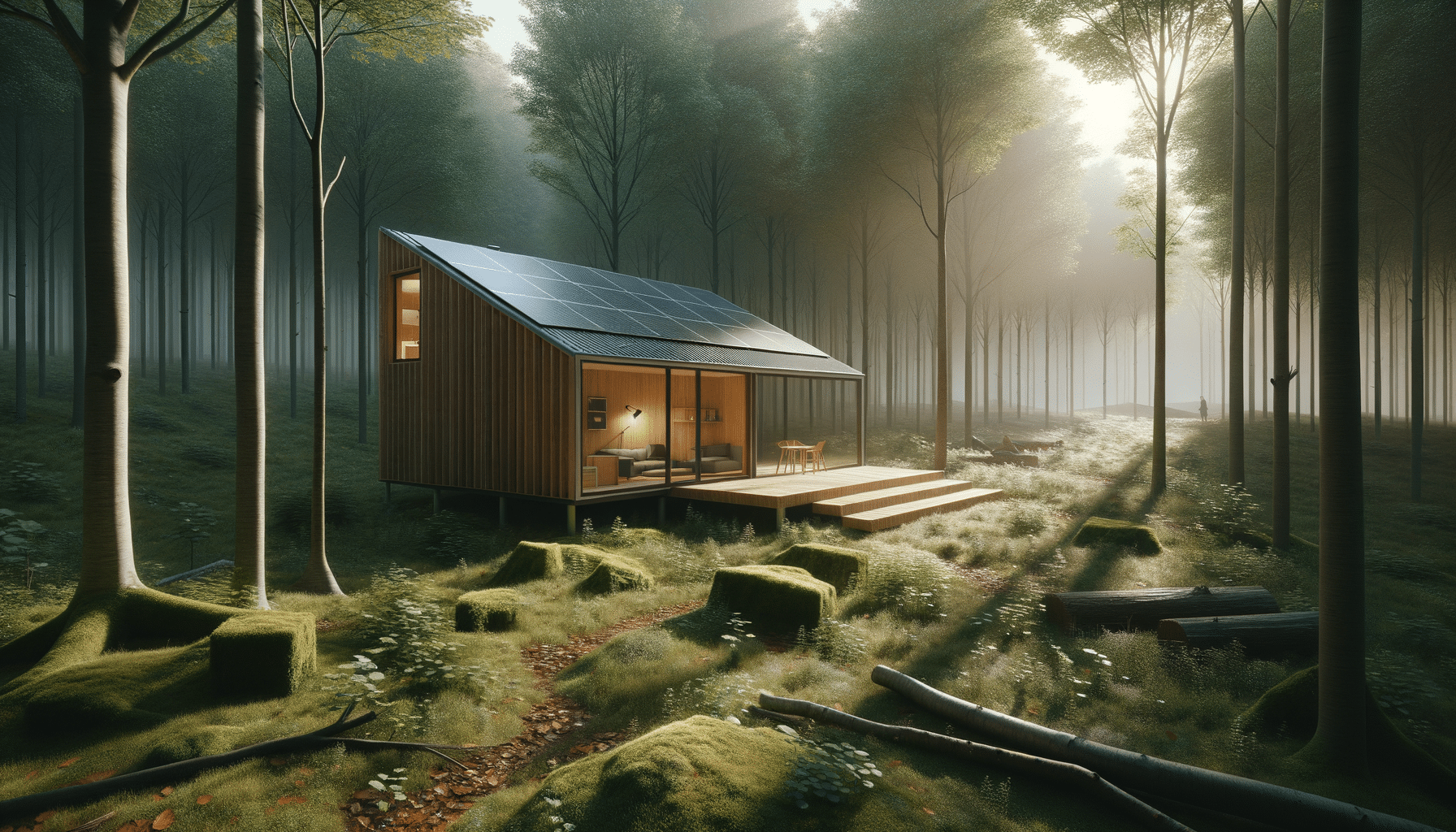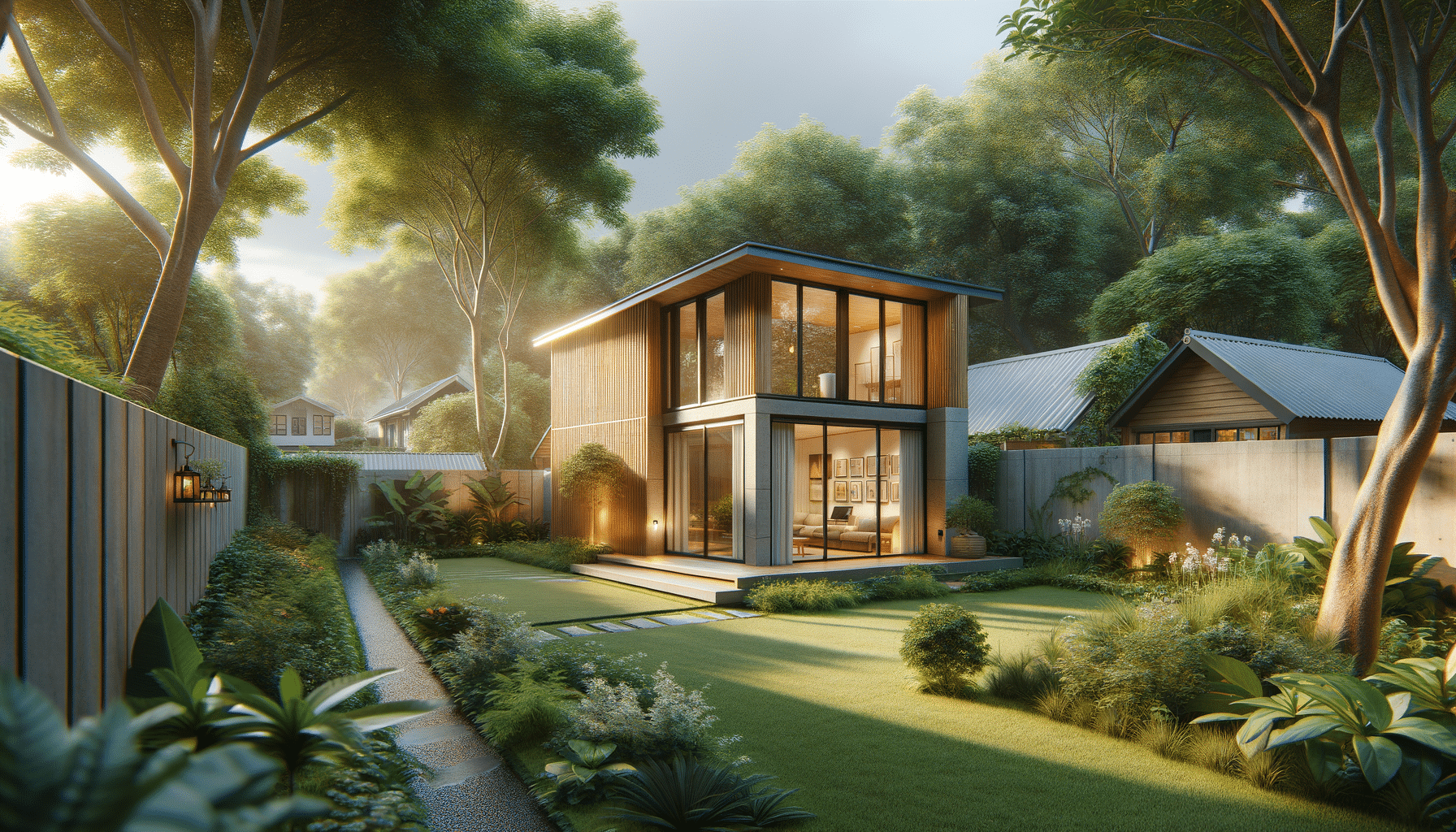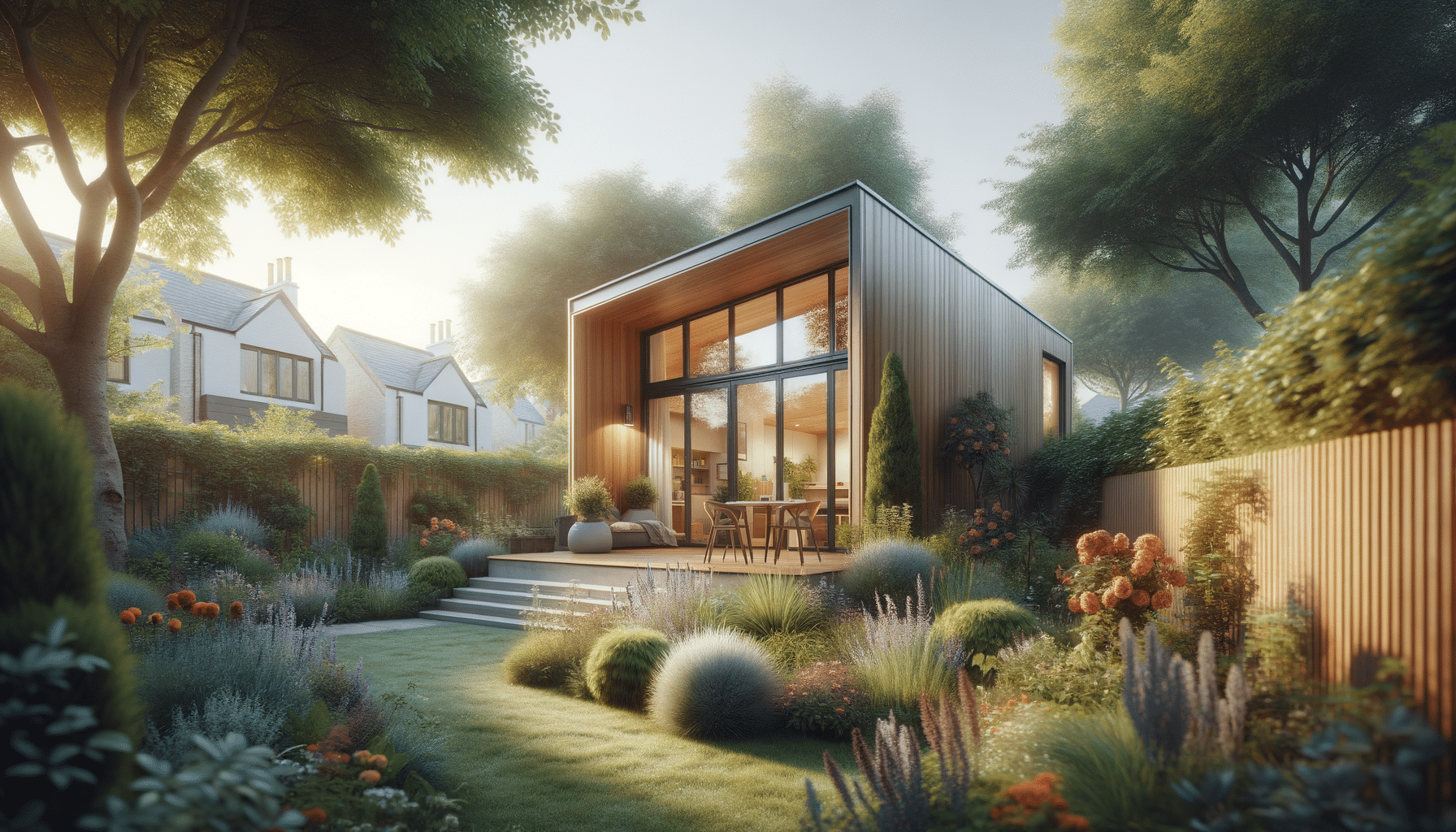
Steel Quonset Huts – Strong and Flexible Building Options
Introduction to Steel Quonset Huts
Steel Quonset huts have a rich history, having been originally used by the military during World War II due to their quick assembly and durability. Today, these arch-style structures are finding renewed interest in various sectors, offering a blend of strength and versatility. Their simple design, characterized by semi-circular steel arches, makes them an attractive option for diverse applications. This article explores the modern resurgence of Steel Quonset huts, highlighting their relevance in contemporary construction.
Advantages of Steel Quonset Huts
One of the primary reasons for the popularity of Steel Quonset huts is their exceptional durability. Made from galvanized steel, these structures withstand harsh weather conditions and resist pests, rot, and fire. This makes them a reliable choice for both temporary and permanent solutions. Additionally, their arch design distributes weight evenly, providing structural integrity without the need for internal support beams, which maximizes usable interior space.
In terms of versatility, Steel Quonset huts can be used for a range of purposes, from residential garages to commercial warehouses. Their modular nature allows for easy expansion, and they can be customized with various finishes and accessories to suit specific needs. Moreover, these huts are relatively easy to assemble, often requiring no special tools or heavy machinery, which can significantly reduce construction time and labor costs.
Modern Uses in Construction
Today, Steel Quonset huts are being utilized in innovative ways across different industries. In the agricultural sector, they serve as barns, livestock shelters, and equipment storage. Their spacious interiors and natural ventilation make them ideal for housing animals and storing crops. In the industrial sector, they are used as manufacturing facilities and storage units, offering a cost-effective solution for space expansion.
Furthermore, Steel Quonset huts are gaining traction in the residential market. Homeowners are adopting these structures for use as workshops, garages, and even as unique, modern homes. The flexibility in design allows for creative architectural expressions, blending the rustic charm of the Quonset hut with contemporary aesthetics. This adaptability makes them an attractive option for eco-friendly and sustainable living solutions.
Environmental and Economic Benefits
Steel Quonset huts offer several environmental and economic advantages. The use of steel, which is one of the most recycled materials globally, contributes to sustainability efforts. The huts’ energy efficiency is enhanced by their ability to maintain stable internal temperatures, reducing the need for extensive heating or cooling systems. This translates to lower energy consumption and reduced carbon footprint.
Economically, Steel Quonset huts are an affordable alternative to traditional construction. Their prefabricated nature means lower material costs and reduced on-site construction time. This affordability, combined with low maintenance requirements, makes them an appealing choice for budget-conscious consumers looking for durable and flexible building options.
Conclusion: The Future of Steel Quonset Huts
As Steel Quonset huts continue to gain popularity, their role in modern construction is set to expand. Their durability, versatility, and eco-friendly attributes position them as a strong contender in the building industry. Whether for personal use or commercial applications, these structures offer a practical and efficient solution for those seeking reliable and adaptable building options. As innovation in materials and design continues, Steel Quonset huts are poised to remain a relevant and valuable choice for future construction projects.


